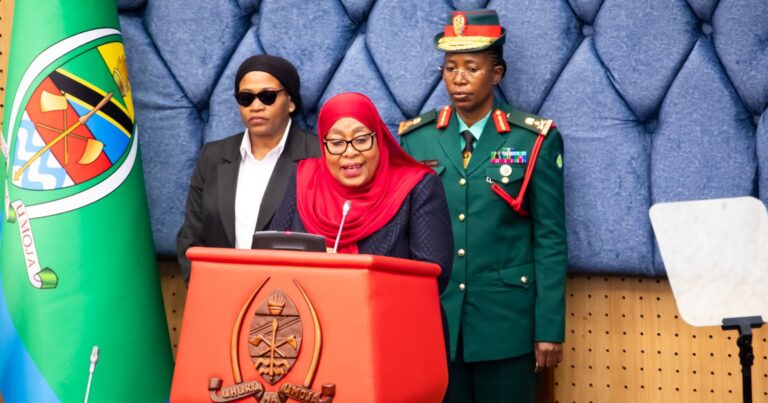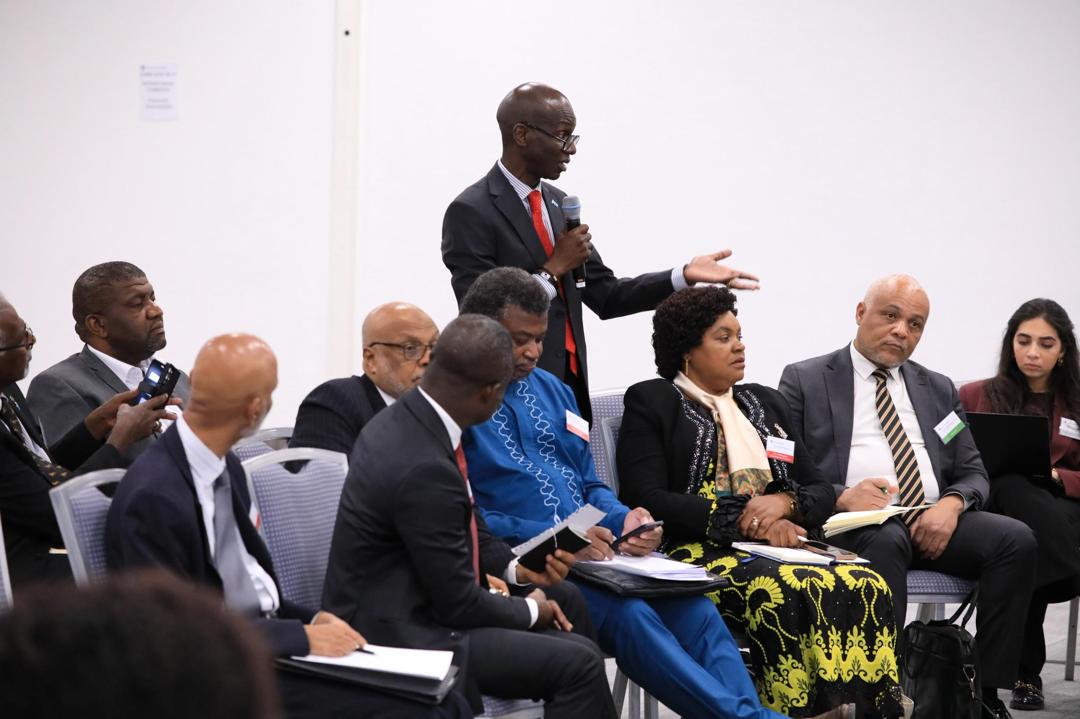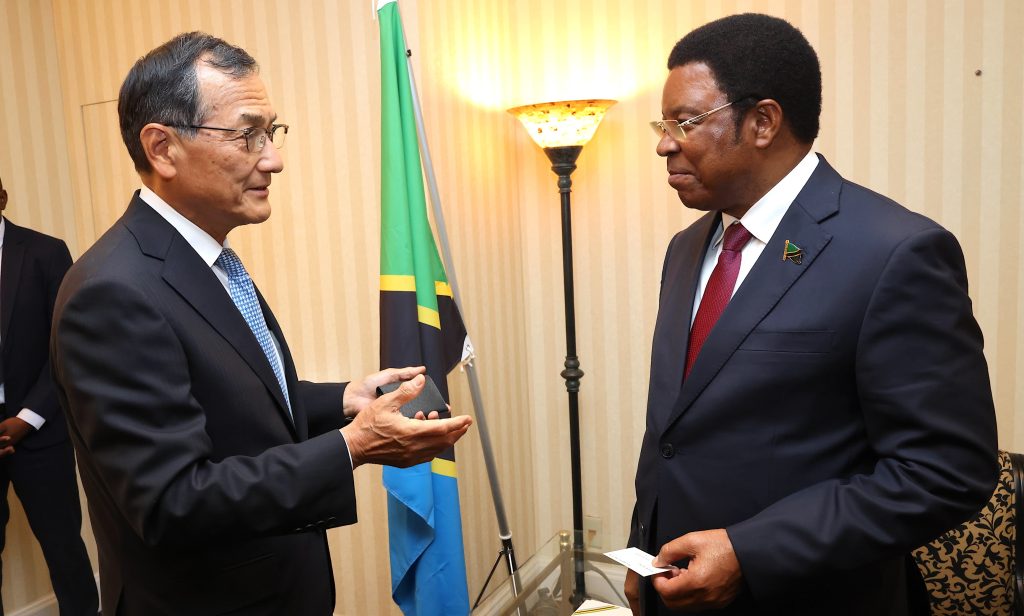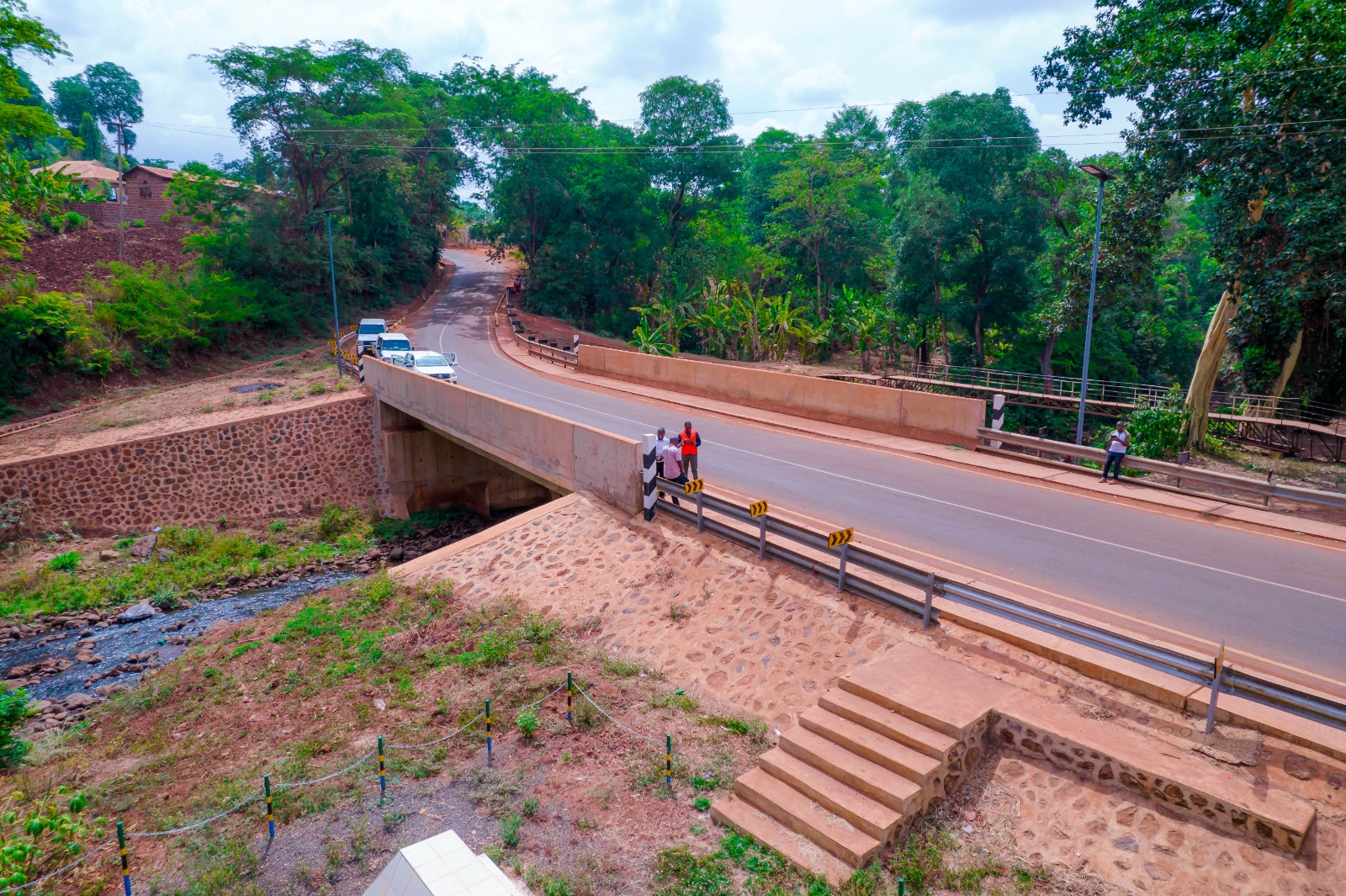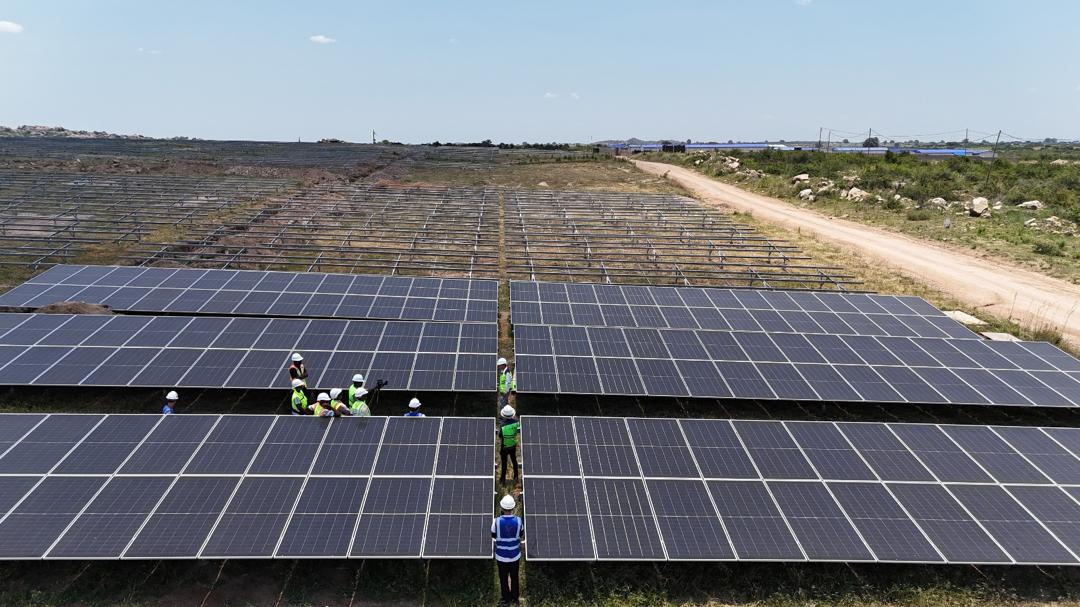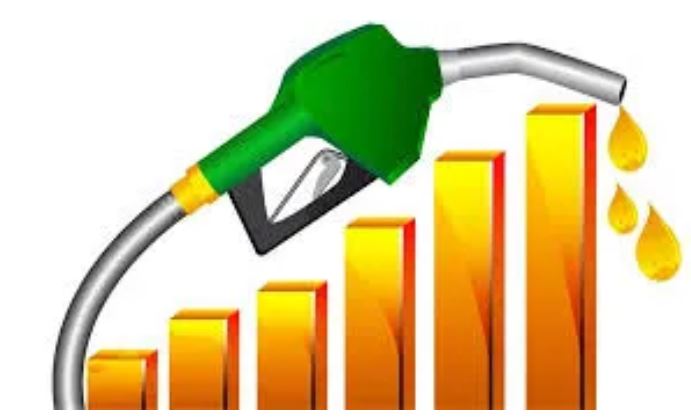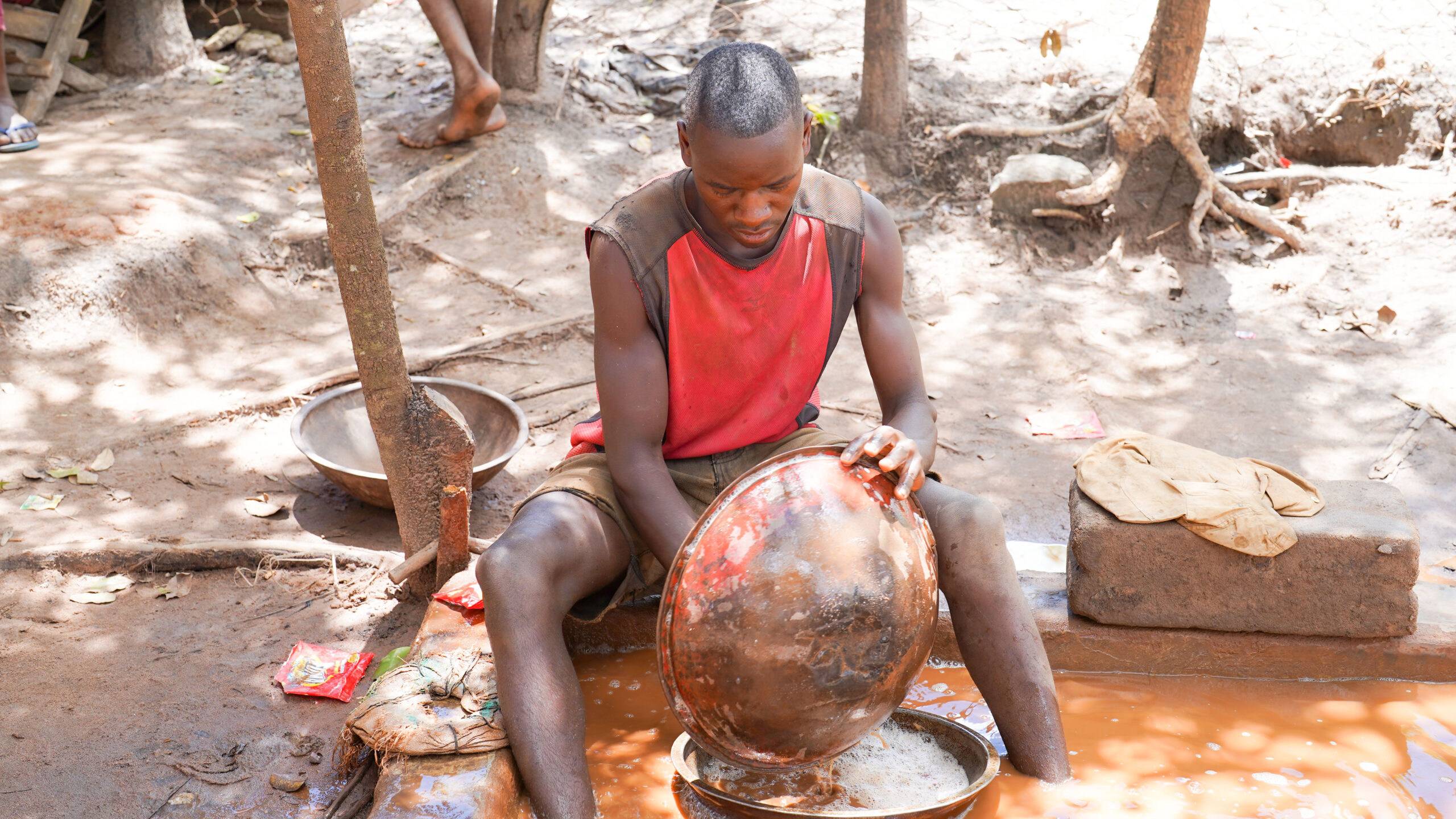Dodoma. President Samia Suluhu Hassan on Friday June 27 outlined the government’s achievements in the energy sector over the past five years, citing expanded electricity generation, rural electrification, and major transmission projects as evidence of the sector’s robust growth under her administration.
Addressing Parliament during the official closure of the 12th Parliament the Head of State described energy as a key pillar of the country’s development agenda, noting that her government had invested significantly to ensure reliable power supply across the country.
“Mr Speaker, due to the critical role of the energy sector in economic growth, the government has prioritised the improvement of electricity supply nationwide, including the completion of the Julius Nyerere Hydropower Project,” she told the House.
President Samia said the commissioning of the 2,115-megawatt Julius Nyerere Hydropower Plant (JNHPP) marked a milestone in Tanzania’s efforts to achieve energy security and lower production costs.
She added that the government had also successfully connected all 12,318 villages on mainland Tanzania to the national electricity grid, an achievement she described as “historic” in the country’s electrification drive.
The cumulative impact of government efforts, she said, had raised Tanzania’s power generation capacity from 1,601.84 megawatts in 2020 to 4,031.71 megawatts in 2025.
“This growth has been driven by strategic power generation projects including JNHPP, the 185-megawatt Kinyerezi I Extension, and the Rusumo Hydropower Project, which was jointly implemented with Burundi and Rwanda, each receiving 26.67 megawatts,” she said.
President Samia also highlighted the completion of several critical power transmission lines aimed at strengthening the electricity distribution network and enhancing grid reliability.
These include the Singida–Arusha, Geita–Nyakanazi, and Julius Nyerere–Chalinze lines.
Other completed transmission projects include Nyakanazi–Kigoma, Tabora–Urambo, and Rusumo–Nyakanazi, as well as infrastructure to support the electrification of the Standard Gauge Railway (SGR), which is set to depend on electricity to power its operations.
“These transmission projects have ensured improved availability of reliable electricity in various regions, especially in areas that were previously underserved,” she said.
The President announced that for the first time in history, the regions of Kigoma and Katavi had been successfully connected to the national grid—signalling the end of their longstanding energy isolation.
On rural access, she reiterated that all villages in mainland Tanzania now have access to electricity, and the focus had shifted to connecting sub-villages.
Out of 64,359 sub-villages, 33,657—equivalent to 52.3 percent—have already been connected.
President Samia also spoke of plans to diversify Tanzania’s energy mix by exploring alternative and sustainable sources.
She disclosed that the government was considering introducing nuclear energy as one of the country’s future power generation options.
“I have directed the Managing Director of Tanesco to begin exploring nuclear energy as a possible source of electricity generation,” she said, signalling a shift towards long-term energy sustainability and resilience.
Additionally, she stated that the government intended to open up the sector to more competition by encouraging private sector participation.
This, she said, would ensure the country continues to expand power availability while improving service delivery.
As Tanzania prepares to transition into its next development phase under Vision 2050, energy is expected to remain a key enabler of industrialisation, job creation, and economic transformation.

